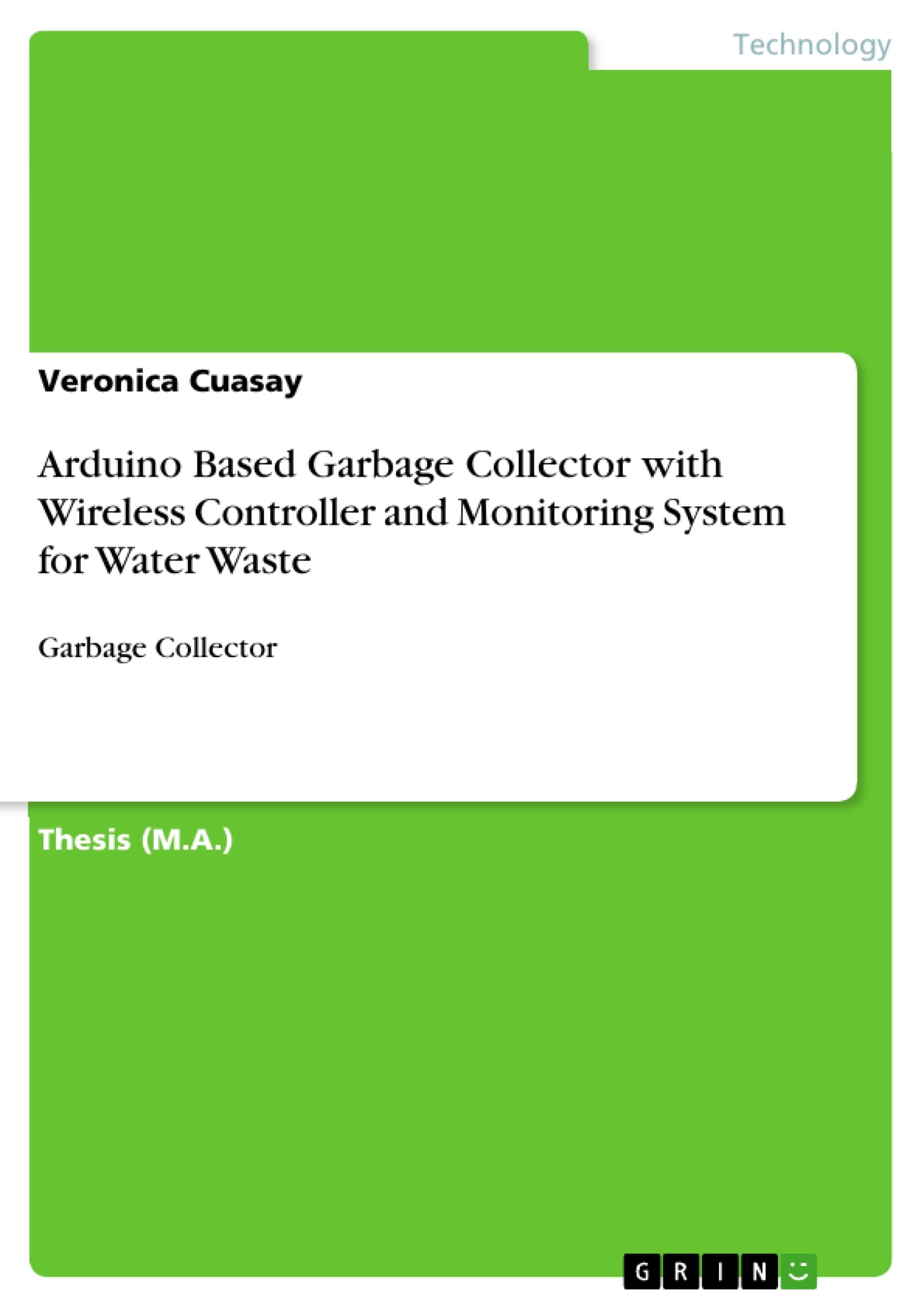Wastes which are thrown on water areas are the main causes of water pollution. It greatly impacts the life on water and the place it is surrounding. People going on water to collect wastes can sometimes be dangerous and risky for their health. This study helps clean and collects wastes on water areas by using a wireless controlled drone-like prototype. This prototype which has a conveyor belt in front of it will collect the trash it encounters.
The aim of this study is to collect the wastes on water without risking the health of a person. The present design of this prototype is to minimize human effort on manual picking of wastes.
This study uses an Agile Method using scrum that consists of 40 stories designated to their corresponding sprints. This serve as a guide for the proponents to create the prototype properly. There are also 82 test cases for every feature of the prototype that will be tested, and the results are passed or failed. These test cases result to 92.68% rate of passed and a 7.32% rate of failed with only small severity. This means that the proposed performance and specifications of the prototype are produced.
Table of Contents
- Acknowledgement
- Abstract
- I. Problem and its Background
- Introduction
- Background of the Study
- Problem Statement
- Objectives
- Significance of the Study
- Scope and Limitations
- Definition of Terms
- II. Related Literatures
- Foreign Literature
- Local Literature
- Foreign Study
- Local Study
- Synthesis
- Conceptual Framework
- III. Research Methodologies
- Respondents
- Data Collection
- Research Design
- Project Timeline
- Methods and Materials
- Materials
- Statistical Treatment
- Evaluation
- IV. Results and Analysis
- Project Description
- Results and Analysis
- Test Cases
- Project Results
- Discussion
- Summary
- V. Conclusion
- Conclusion
- Recommendation
Objectives and Key Themes
This research project aims to develop an Arduino-based garbage collector with a wireless controller and monitoring system for water waste, focusing on improving sanitation and environmental sustainability. The project utilizes advanced technologies to address the challenges of waste management and promote a cleaner and healthier environment.
- Development of an efficient and cost-effective garbage collection system
- Integration of wireless control and monitoring for enhanced operational efficiency
- Application of Arduino technology for intelligent waste management
- Improvement of sanitation practices and waste disposal methods
- Promotion of environmental sustainability through technological solutions
Chapter Summaries
- Chapter I: Problem and its Background introduces the research project, outlining the issue of water waste, the significance of waste management, and the objectives and scope of the study.
- Chapter II: Related Literatures reviews existing research and studies on garbage collection systems, wireless control technologies, and Arduino-based applications in waste management.
- Chapter III: Research Methodologies details the research design, data collection methods, materials used, and the statistical treatment employed to analyze the project's effectiveness.
- Chapter IV: Results and Analysis presents the findings of the research, including test cases, performance metrics, and a discussion of the project's strengths and limitations.
Keywords
The key themes and concepts explored in this research project include Arduino-based technology, garbage collection, wireless control, monitoring systems, water waste management, environmental sustainability, sanitation, and technological innovation.
- Quote paper
- Veronica Cuasay (Author), 2019, Arduino Based Garbage Collector with Wireless Controller and Monitoring System for Water Waste, Munich, GRIN Verlag, https://www.grin.com/document/477490



